Spring somewhat lingers in the air as this breeding season ends at a wading bird rookery. Breeding plumage varies on the head from baldness to a few sprouts to a full fluffy tiara for our finer feathered friends. Surely we all agree these fancy plumes or skin colorations look better on birds wearing their more or less feathered caps than they did on ladies hats in the 1800s-early 1900s.
Well, these less-than-a-day-old Tricolored Heron chicks could be the exceptions, but they’ll grow into their own crowns.
Lore, the area between eye and bill, increases to a passionate red in the Snowy Egret while the Cattle Egret adorns its head, breast, and back with buff-colored plumes and a purplish red lore. Since the Cattle Egret usually feeds in grassy fields especially near livestock, I called it “Plus One” instead of a typical wading bird. Yes, it is in the heron family.
Both the Black-crowned Night-Heron and the Little Blue Heron must appreciate minimalist head dresses while their greater cousin, the Great Blue Heron, continues its plumes plummeting onto its neck and beyond.
Meanwhile, some wading birds sport feathers on their heads as chicks and immatures. When they attain breeding age, they become bald such as the Roseate Spoonbill and the Wood Stork!
LET MOTHER NATURE CAP OFF YOUR DAY!
Species List:
Tricolored Heron, Egretta tricolor, Garza Tricolor (Spanish)
Snowy Egret, Egretta thula, Garza Dedos Dorados (Spanish), Ka’an ook (Mayan)
Cattle Egret, Bubulcus ibis, Garza Ganadera (Spanish)
Black-crowned Night-Heron, Nycticorax nycticorax, Garza Nocturna Corona Negra (Spanish)
Little Blue Heron, Egretta caerulea, Garza Azul (Spanish)
Great Blue Heron, Ardea herodias, Garza Morena (Spanish)
Roseate Spoonbill, Platalea ajaja, Espátula Rosada
Wood Stork, Mycteria americana, Cigüeña Americana o Galletán (Spanish)
Cherie Pittillo, “nature inspired”, zoologist, wildlife photographer, and author, explores nature everywhere she goes. She’s identified 53 bird species in her Merida, Yucatan backyard view. Her column, published on the 7th and 21st of each month features anecdotes about birding in Merida, Yucatan and beyond.
Contact: [email protected]
All rights reserved, © Cherie Pittillo.

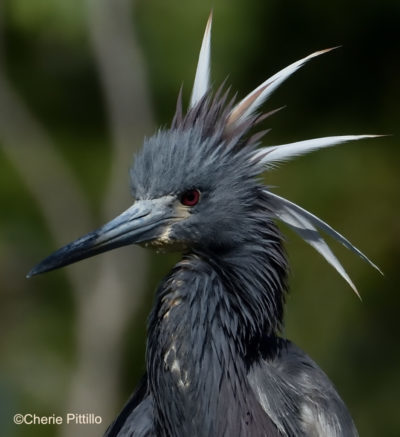
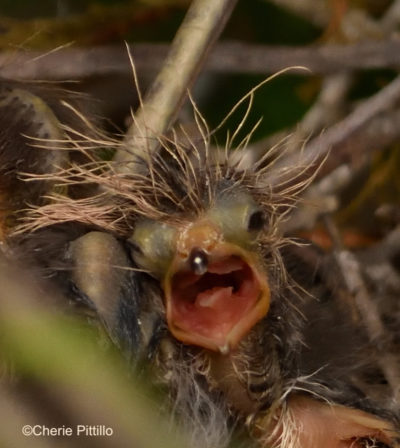
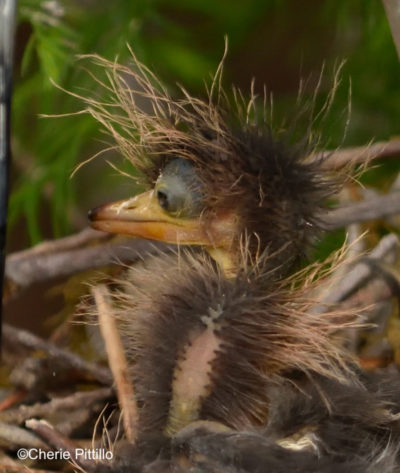
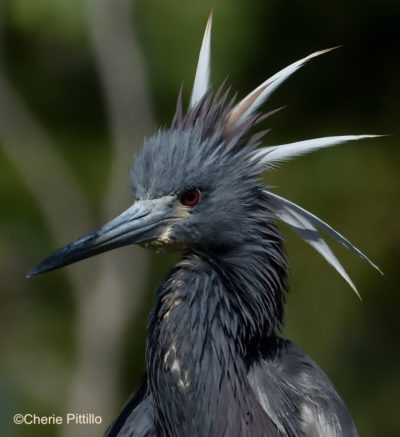
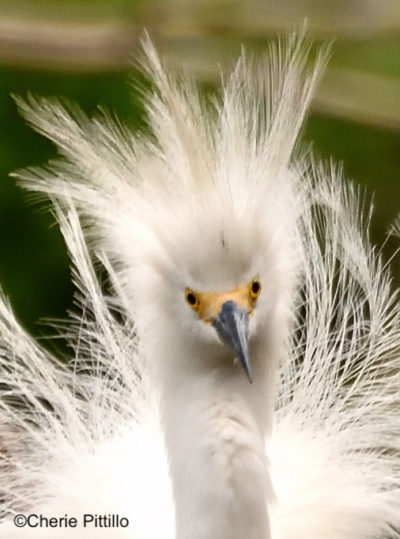
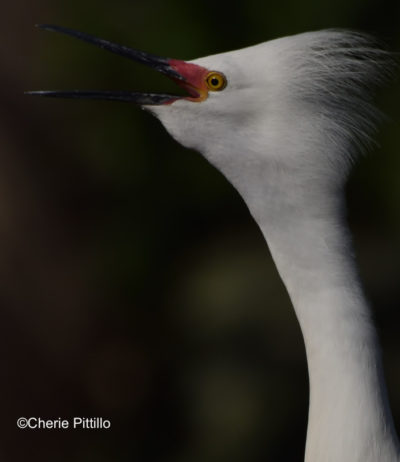

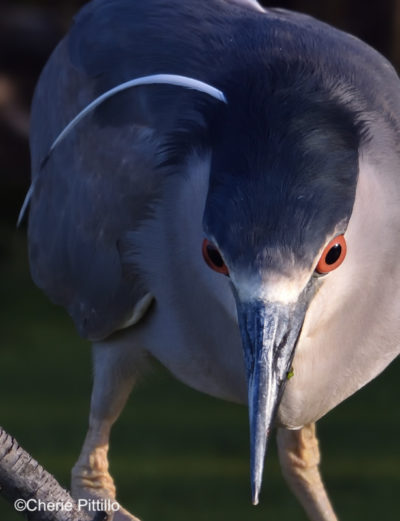
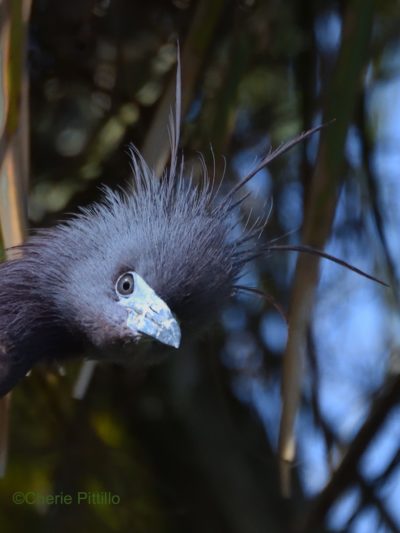
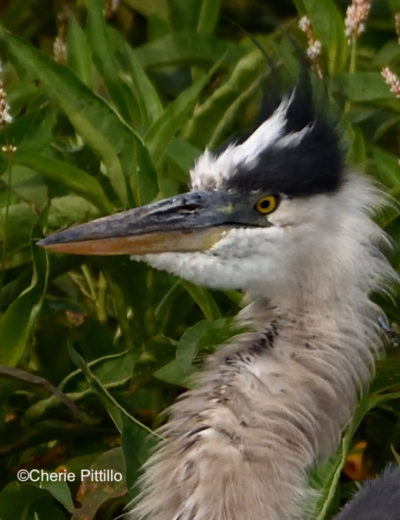
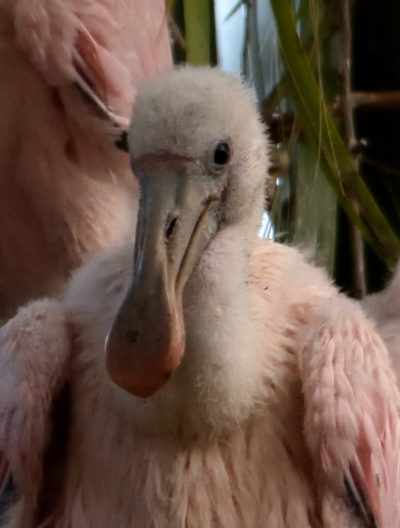
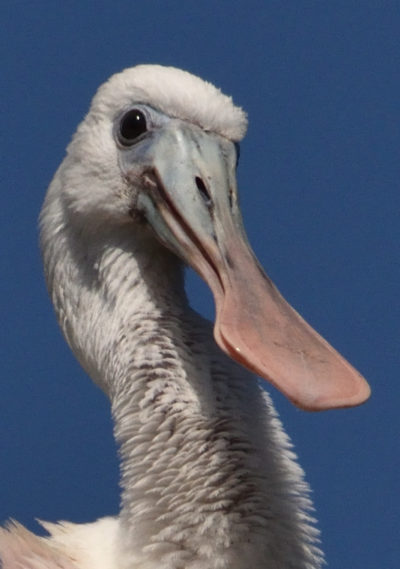
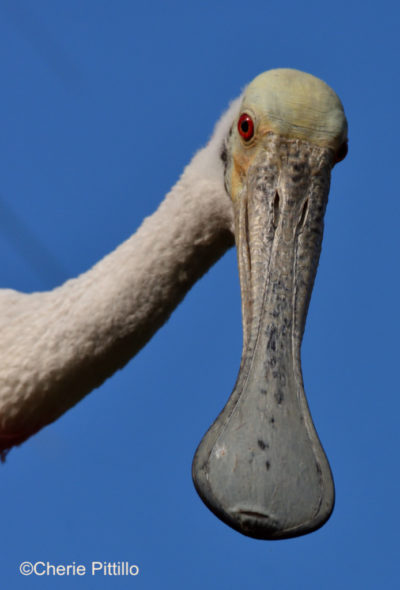
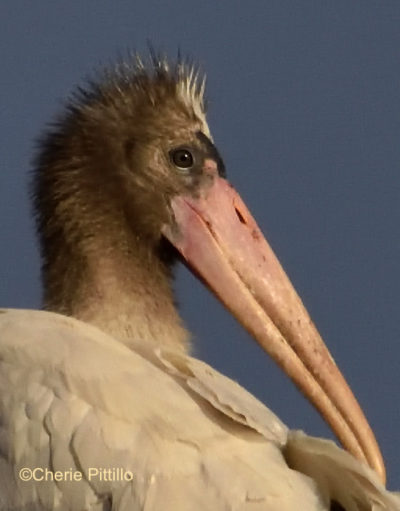
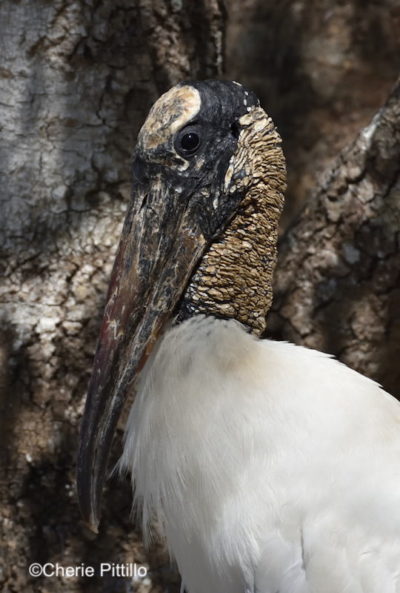
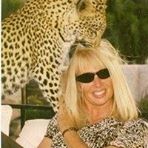

4 comments
Fun and informative! Loved the unusual angles you got on some of the images.
As always, fantastic photos. Thanks so much!
Another exquisite group. What fun you must have “meeting and capturing” these gorgeous birds in such creative fashion. And so where are you now???
What exquisite photos of these exquisite birds!
It has got to be so much fun “capturing” these subjects at their best. So where are you now???
Comments are closed.